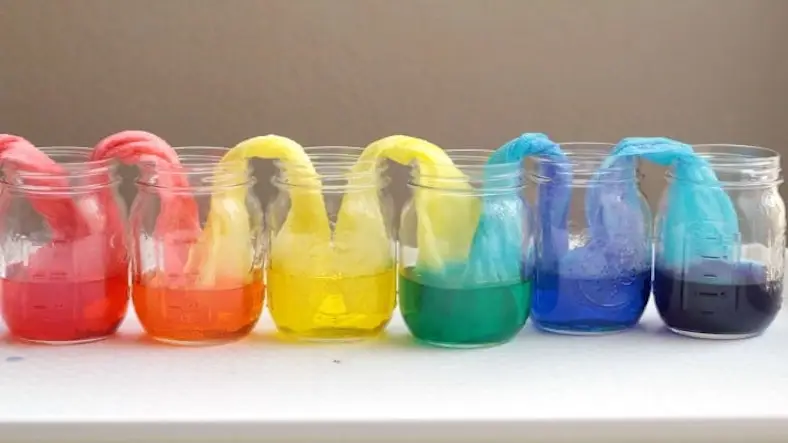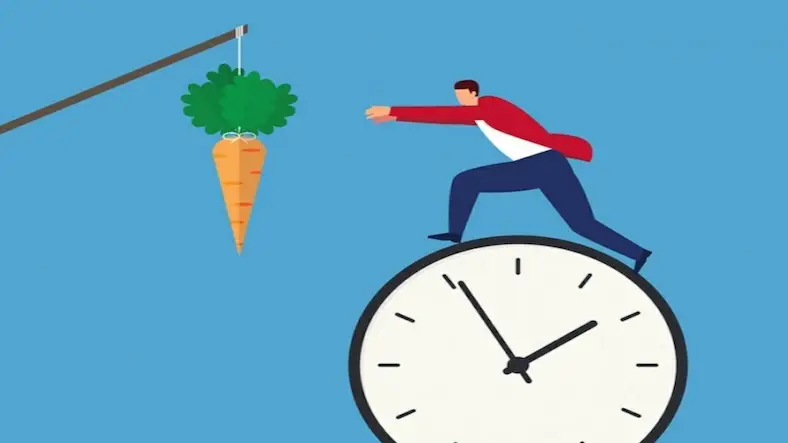Title: Walking Water - Capillary Action Experiment
Objective: To observe and investigate capillary action by creating a "walking water" effect between two cups.
Materials:
- 6 clear plastic cups
- Water
- Food coloring (different colors)
- Paper towels
- Optional: Tray or plastic container to catch any spills
Procedure:
- Gather the materials required for the walking water experiment.
- Line up the plastic cups in a row, with three cups on each side. Leave some space between the cups.
- Fill the three cups on one side halfway with water.
- Add a few drops of different food coloring to each cup, using different colors for each cup.
- Take a paper towel and fold it lengthwise to form a long, thin strip. Repeat this process with two more paper towels.
- Place one end of a paper towel strip into a cup with colored water, making sure the other end of the strip hangs into an empty cup next to it. Repeat this process for the other two cups with colored water.
- Repeat steps 5 and 6 for the other side of the cups, so that each cup with colored water is connected to an empty cup.
- Observe and discuss what happens to the colored water in the cups over time. As the water is absorbed by the paper towel, it will travel through the towel and "walk" into the adjacent cup, gradually mixing the colors.
- Leave the cups undisturbed for a few hours or overnight to allow the water to continue moving and mixing.
- Observe the final result and discuss the process of capillary action. Explain that capillary action is the ability of water (or other liquids) to move through narrow spaces or tubes, such as the tiny gaps between the fibers in the paper towel, due to adhesive and cohesive forces.
- Reflect on the experiment and discuss other examples of capillary action in nature, such as how plants draw water from their roots to their leaves.
Safety Considerations:
- Be cautious when handling cups filled with water to avoid spills. Consider placing the cups on a tray or plastic container to catch any potential spills.
This experiment allows children to observe and explore the concept of capillary action through the walking water effect. It promotes scientific observation, critical thinking and an understanding of basic physics principles. Enjoy the fascinating process of walking water with this engaging experiment.
Thanks for reading the article, for more Science and Technology related articles read and subscribe to peoples blog articles.















